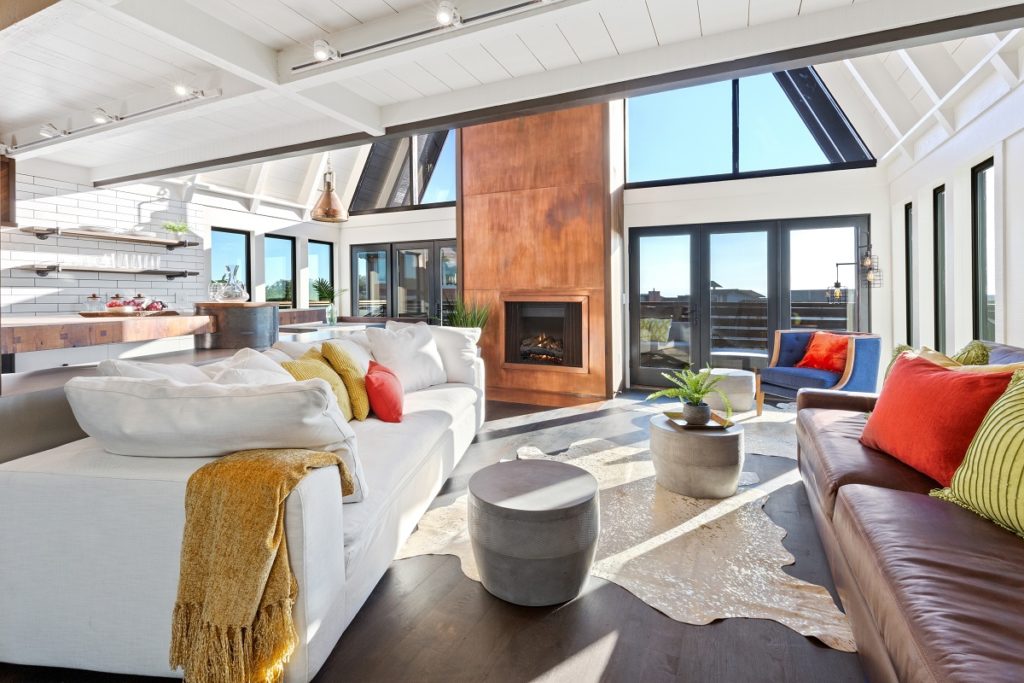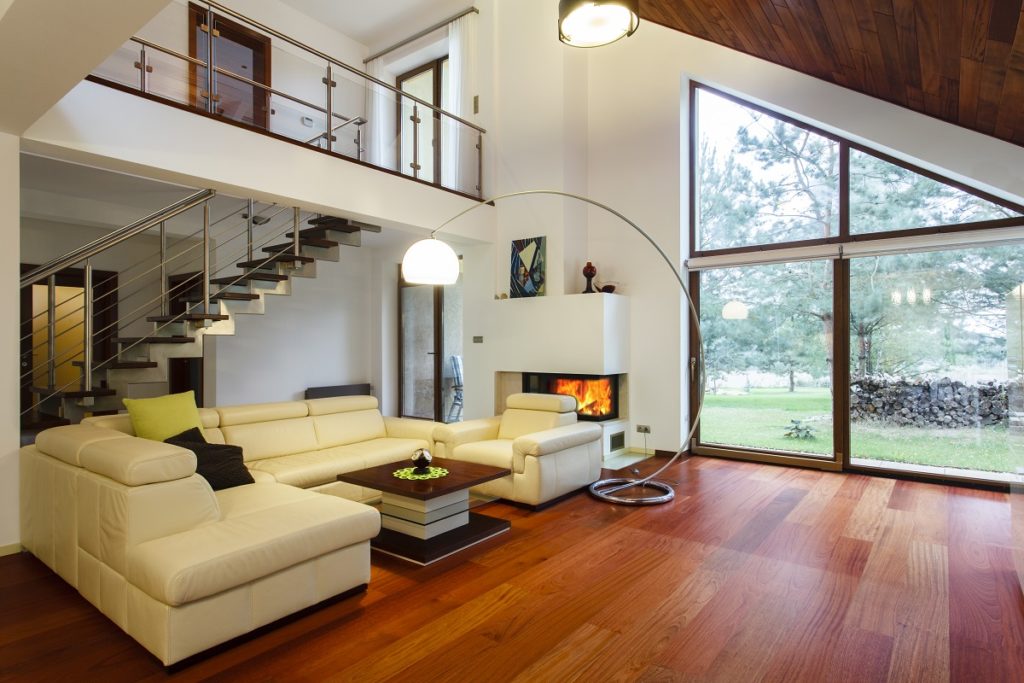Whether you’re having a brand-new house built or just replacing the existing windows in your home, you need to select your new window materials carefully. The right window style and the material will be your property’s protection against the elements and high energy bills.
If your primary goal for having new windows is to save on heating and cooling costs, complete a home energy audit first, which can be performed by a professional or just you since the procedure is actually DIY-friendly. The audit will ensure that the high-quality window replacements you’ll choose will truly solve your heating and cooling issues.
That said, here are the rest of the considerations you need to make as you choose new windows:
1. Style
Top window styles are double-hung, casement, awning, slider, and fixed. Each style has pros and cons, which you need to know before making a selection.
Double-hung windows are usually found in classic traditional style homes and traditional-modern style homes. It is widely available, so its prices are generally reasonable. However, its springs and sash cords may wear out over time, and its large opening can encourage a break-in if your home isn’t strongly secured.
Casement windows is a good option for modern and contemporary style homes. It does a better job than double-hung windows in keeping out drafts and providing security. The drawback is that it may break when fully extended during a bout of strong winds, so just keep it closed on windy weather.
Awning windows also offer superb security. It can be kept open during rainy days because the awnings stop the water from coming inside your house. Just maintain its mechanical cranks diligently, because they can be subject to wear and tear damage over time.
Slider windows would be one of your best options. It’s affordable and easier to maintain because there are no cranks and mechanisms. The only parts you need to constantly monitor are the tracks, because dirt and debris may easily gather there.
Lastly, fixed windows are also cheaper and easier to maintain than other styles. However, it can’t be opened, so you have to find other means to let in fresh air into your space.
2. Frame Material
After selecting a style, determine the frame material that would benefit your property best. Vinyl is a budget-friendly option that can have high-quality weatherstripping models. However, vinyl expands and contracts in changing temperatures, so it’s not advisable to have this in areas where climates tend to fluctuate.
Fiberglass would be a good option. It’s more durable than vinyl, being less prone to expanding, contracting, and warping. Most fiberglass window manufacturers also apply a hard finish to the material, so you won’t have to seal it with paint.
Double-glazed pane windows are also worth considering. Its insulating properties make it highly energy-efficient, so you can expect your HVAC costs to lower with these.
3. Energy efficiency

Now that we’ve just mentioned insulation and energy efficiency, your final verdict for a window should be based on its R-value, U-value, solar gain, and wind resistance. The R-value is the window’s ability to retain comfortable temperatures inside a home. You should look for a figure of at least 5, but it’s wiser to go higher, like an R-7 to 11.
The U-value is the opposite of R-value, so you should look for a low figure. 0.22 is ideal for venting windows while it’s 0.2 for fixed windows.
Solar gain defines how a window will heat a room on a hot, sunny day. If you live in a cold region, high solar gains are recommended. Finally, wind resistance indicates durability; the lower the figure, the better the seal.
Secure your property and your safety by keeping these tips in mind as you replace your windows. Be sure to select a reputable manufacturer to ensure that your chosen style and materials are suitable for your property and location.



















